Walking the Globe with Louis-Philippe Loncke
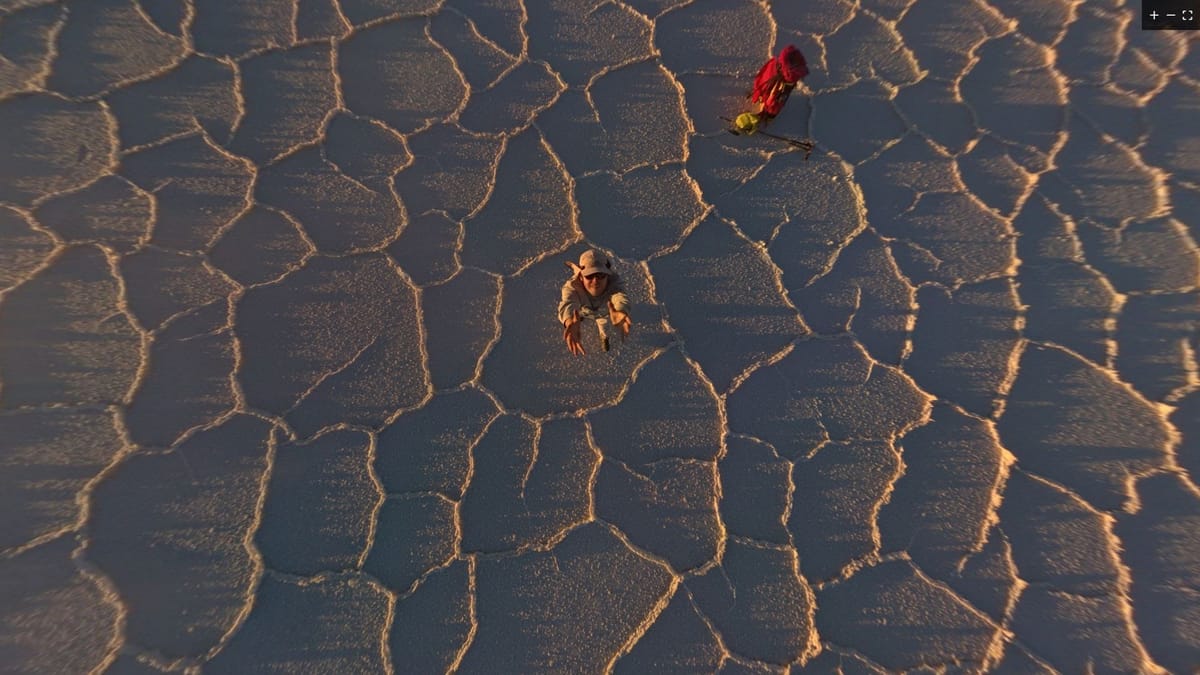
Explorers like Mike Horn and Bertrand Piccard are household names. Though he may not have the same name recognition as them yet, the Belgian Louis-Philippe Loncke is pushing the limits of adventure and exploration in new, exciting directions, with just his pack and his boots.
For Louis-Philippe Loncke, adventure is all about uncertainty. “It means taking risks,” he says. “It doesn’t need to be dangerous, but the more uncertain success is, the more adventurous it is.”
While other adventurers and explorers like Bertrand Piccard may have slightly different, more nuanced definitions of adventure, Loncke’s opinion is no less well-informed than theirs. Since 2006, the 40-year-old Belgian has been exploring the globe on foot, venturing into some of it’s most remote and inhospitable corners, all in the name of adventure. In 2016 he was crowned the 2016 European Adventurer of the Year for his self-supported crossings of three deserts.
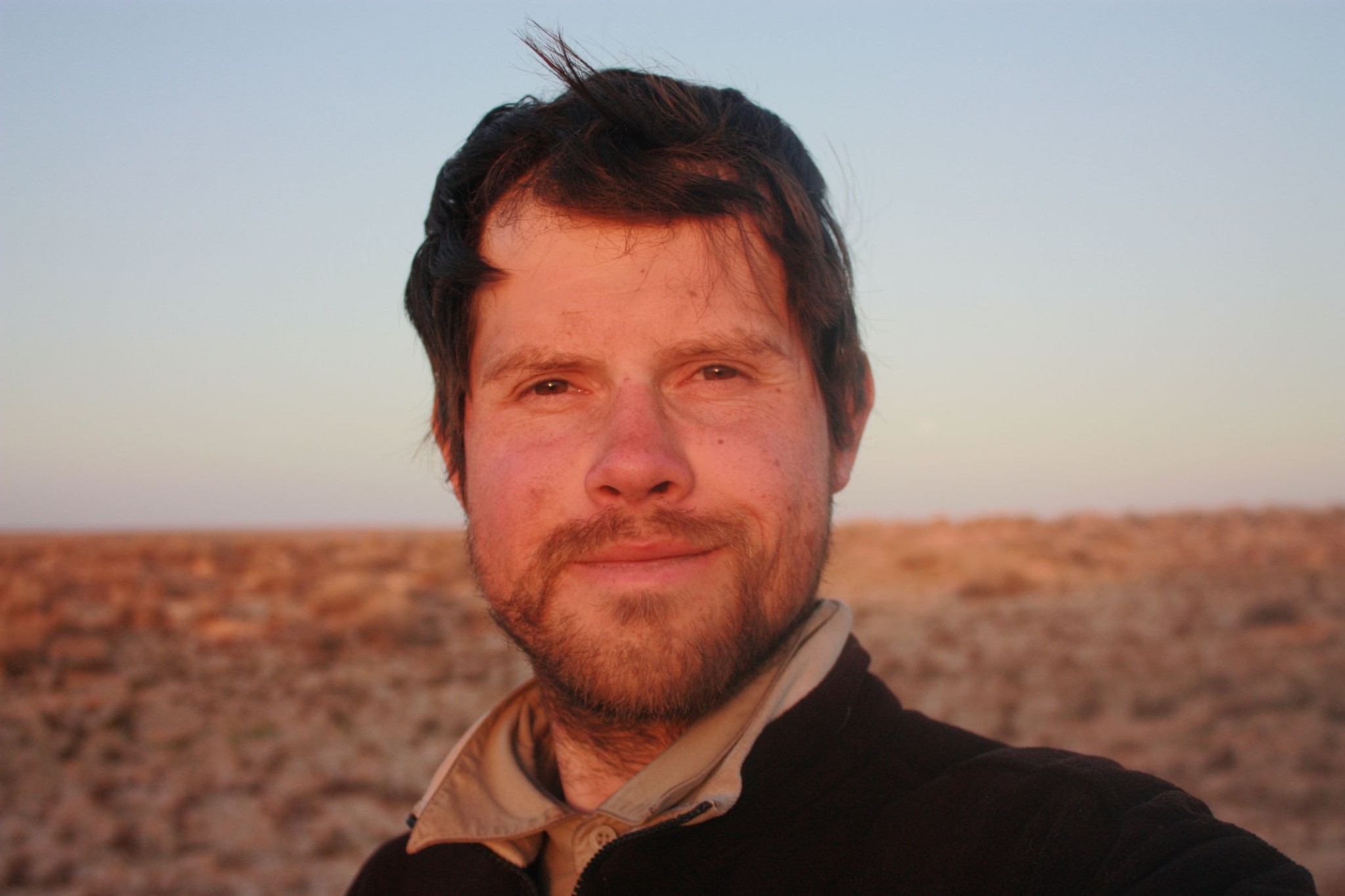
But before any accolades, he was just your average backpacker. “It all started 15 years ago,” Loncke says. He caught the travel and exploration bug in Singapore where he discovered Scuba diving. In 2004, he moved to Australia for a year, and in between his dives, sampled the country’s vast network of hiking trails. He began cramming in more and more mileage in single days, completing two and three day hikes in 24 hour periods.
The desire for more―trails, miles, suffering, and, of course, adventure―led Loncke to plan full-on trekking expeditions in 2006. That year and the next, he became the first person to walk the entire 333-kilometer Larapinta Trail in Australia (no one had ever linked it to it's logical conclusion of Mt. Zeil), unsupported; became the first person to make an unsupported crossing of Australia’s Fraser Island; and spent 49 days, completing an un-resupplied traverse of one-third of the island of Tasmania.
This latter expedition, from December 2006 to February 2007, tested his mettle in every way. “There are so many mountains on that island,” he says. “It’s very rugged terrain. Very sharp mountains, with very dense vegetation. It’s like the Amazon in the Himalayas, but without the altitude.”
Loncke planned for a 40 day crossing, and would have nearly made it if not for the final leg of the expedition. The terrain in South Tasmania was so thick that Loncke’s progress slowed to a crawl. “The last 16 kilometers took me 13 days,” he says. With dwindling rations of food and constant rain, those final two weeks were a blur of tent-bound delirium, depression and discomfort. Loncke got into a “survival mindset.” He forced himself to move a even just a little bit each day, and eventually made it through.
He says, “The whole thing made me mentally very strong. I proved to myself what kinds of crazy things I was able to endure.”
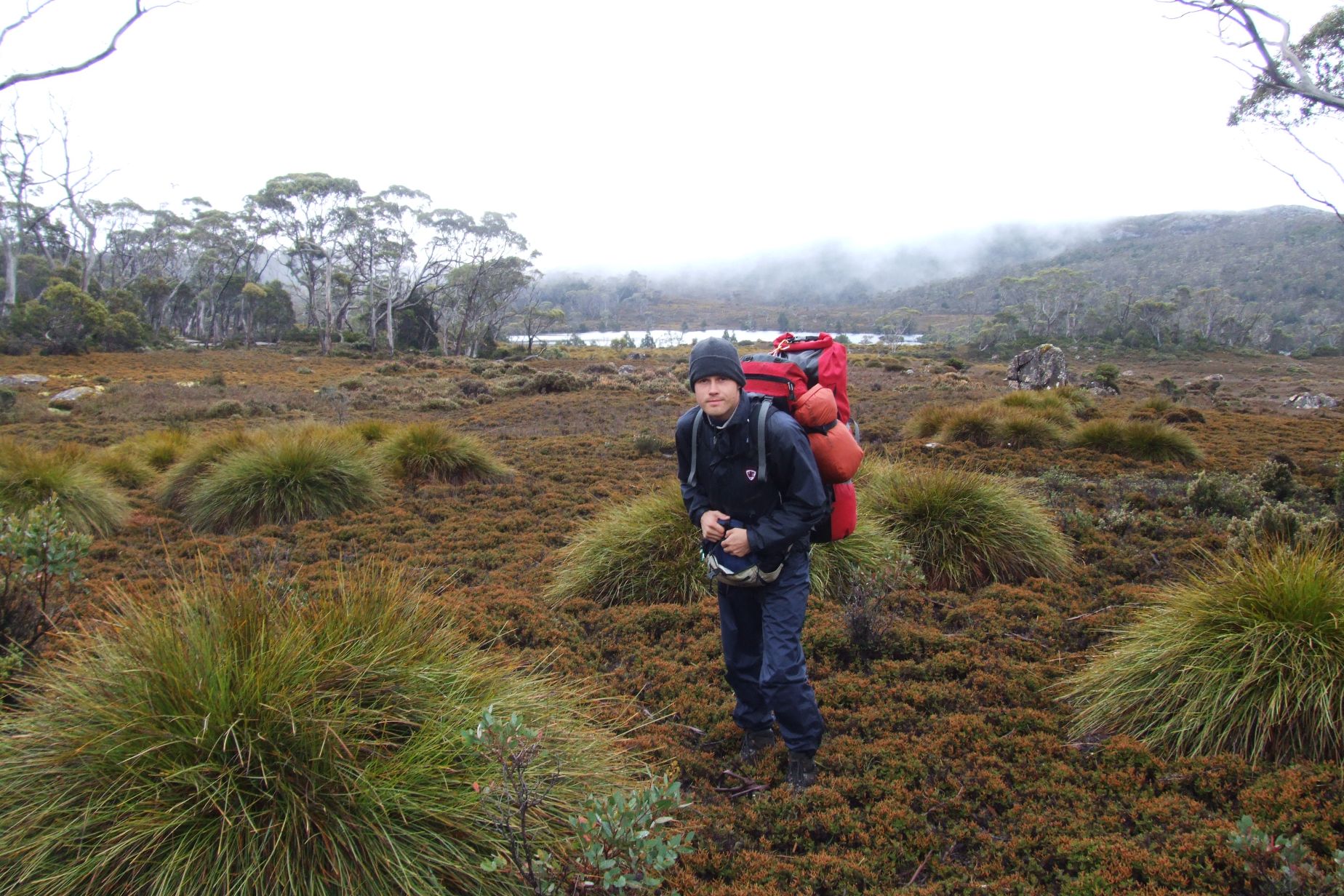
After Tasmania, Loncke broadened his horizons. Among other expeditions, Loncke made the world’s first unsupported crossing of the Simpson Desert, in Australia, in 2008; he organized the world’s highest chocolate tasting event at Everest Base Camp in 2009; he trekked the length of Iceland in 2010; and he circumnavigated Lake Titicaca in Peru and Bolivia by kayak in 2013.
But in 2015, he embarked on the project that would earn him the European Adventurer of the Year award and newfound recognition. The idea was to cross three desserts―Death Valley, in the U.S.; the Simpson Desert, in Australia; and the Salars in Bolivia―all unsupported.
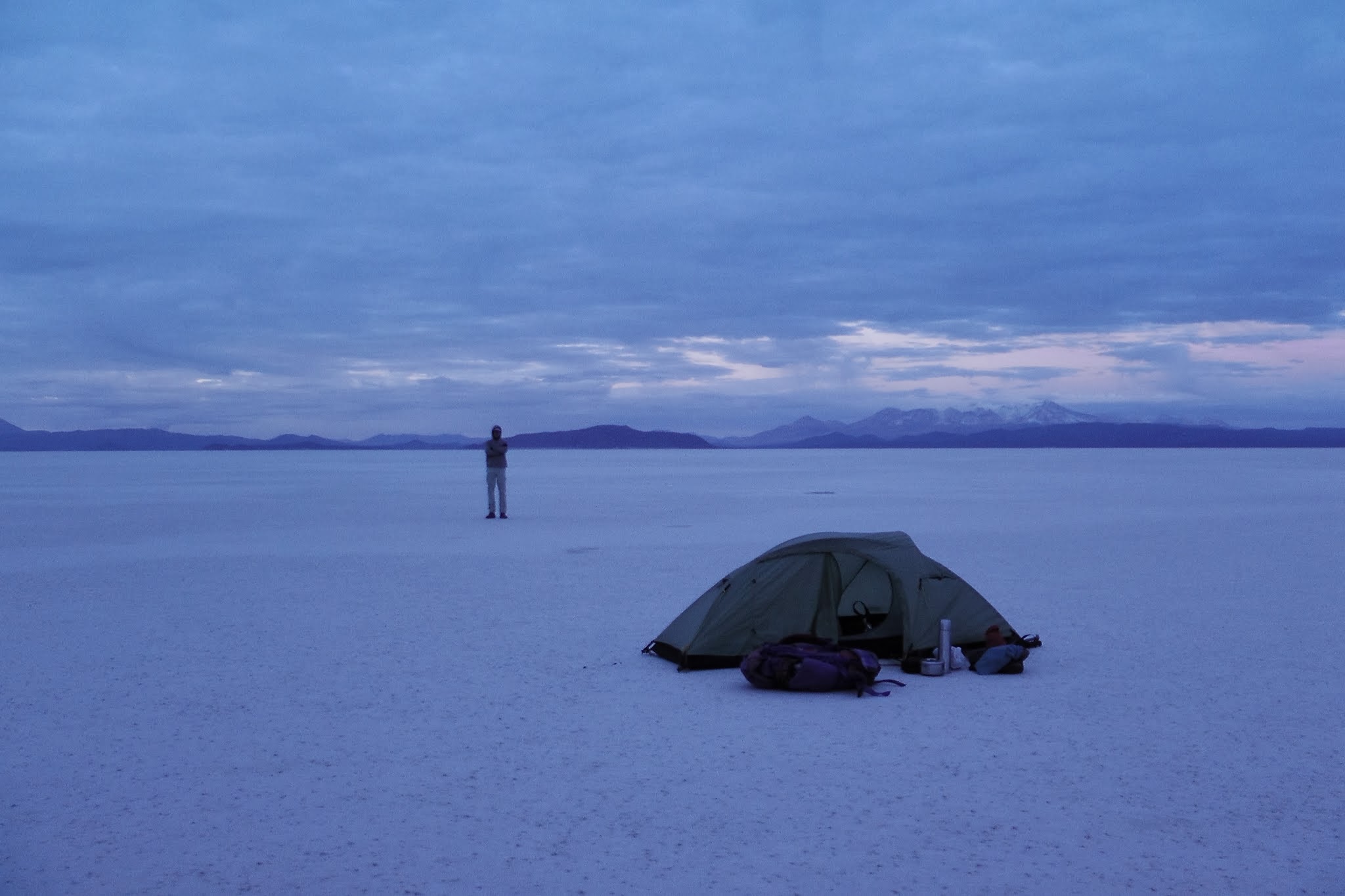
To maximize his chances for success, he took as much water as possible and pared down everything else to the bare essentials. And it paid off. He succeeded in all three deserts, marking the first unsupported crossings of the Bolivian Salars and Death Valley. (He had already made the first unsupported crossing of the Simpson Desert in 2008). “Everything was really, really well planned,” Loncke says.
Now that he has gained a modicum of acclaim, Loncke plans to ramp it up even further. He’s already planning what will be his biggest expedition yet: a return to Tasmania, this time to trek the full lenth of the island. Again unsupported. And this time in winter.
“I intend to train quite a lot for Tasmania,” Loncke says. Success will be far from guaranteed, even so. But that’s what Loncke loves about it. That’s what makes it an adventure.
Want to see what it's like to walk a mile in Louis-Philippe Loncke's shoes? Check out the once-in-a-lifetime trips available at The Outdoor Voyage, like the Inca Trail Trek to Machu Picchu.
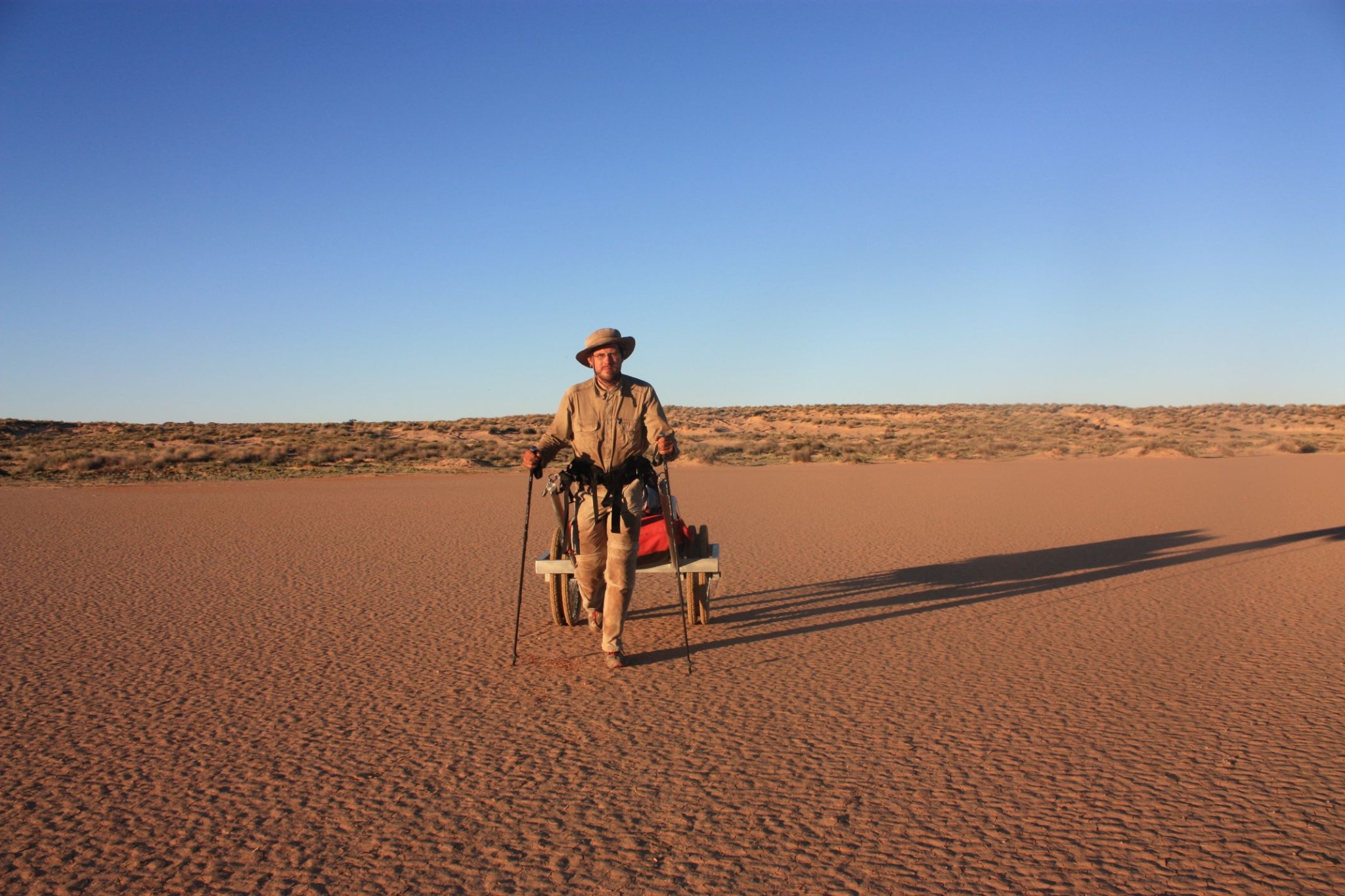
Feature Image: Courtesy of Louis-Philippe Loncke.


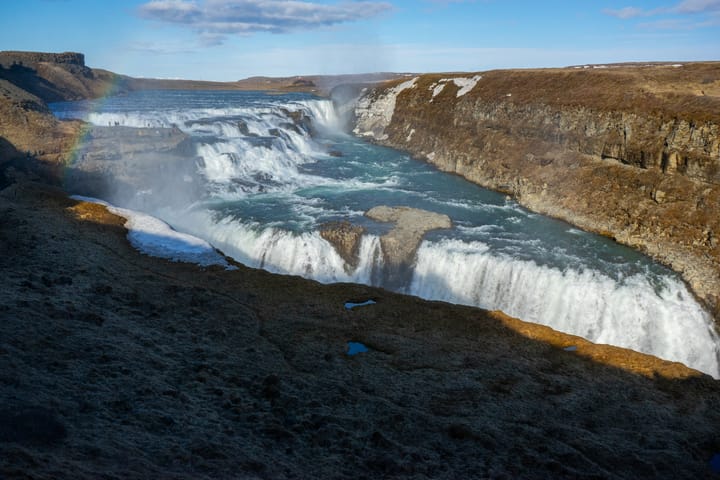
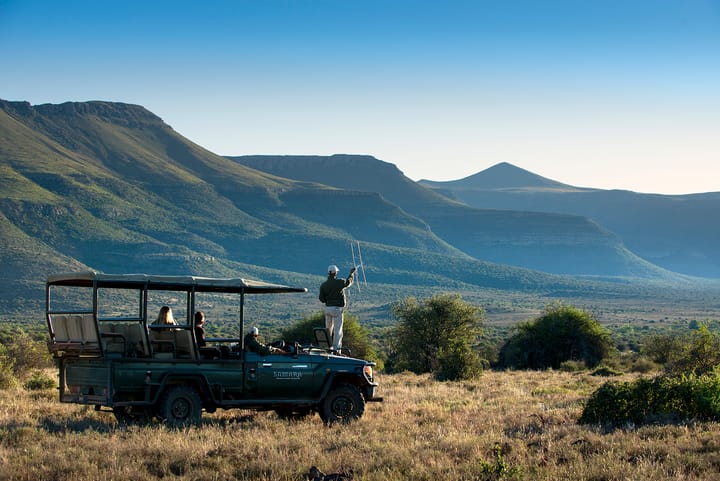

Comments ()